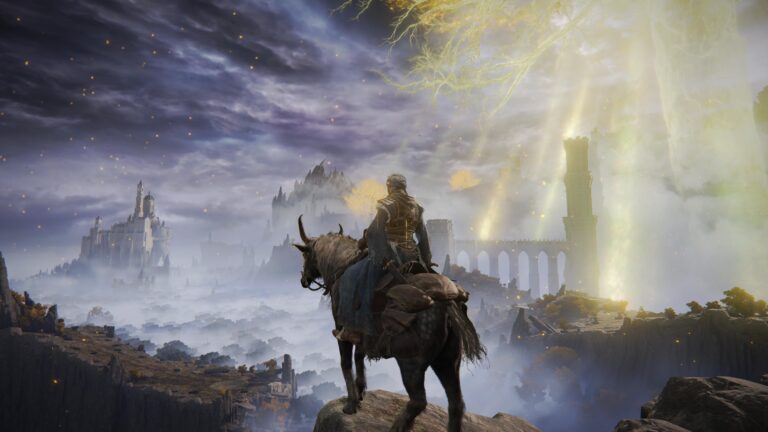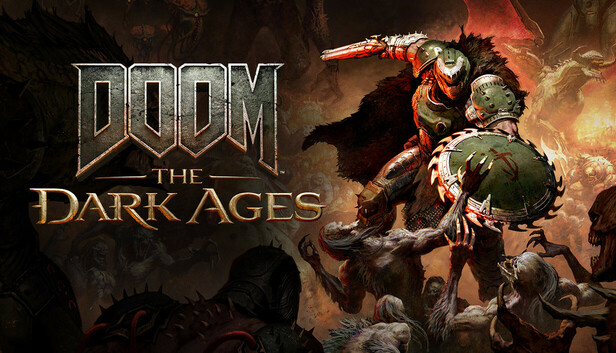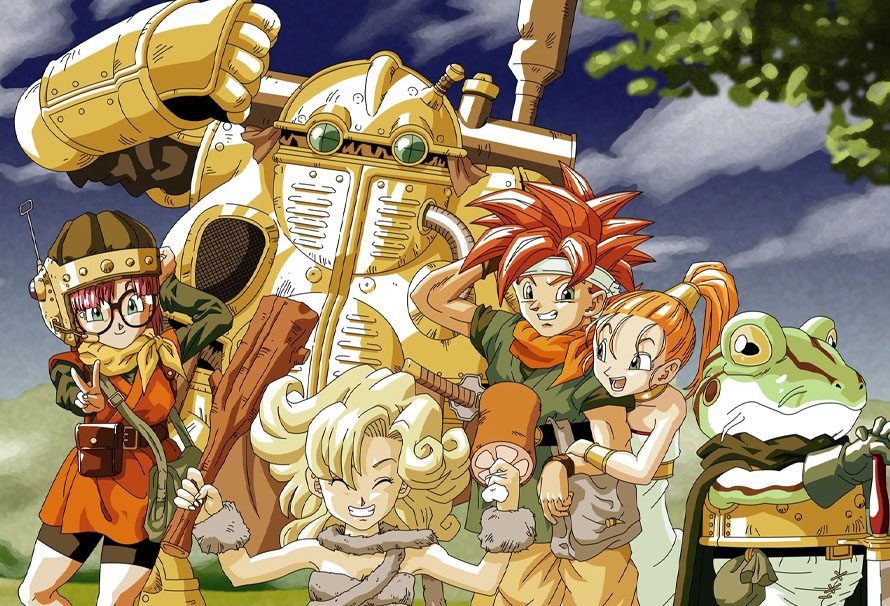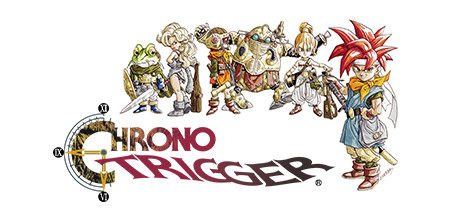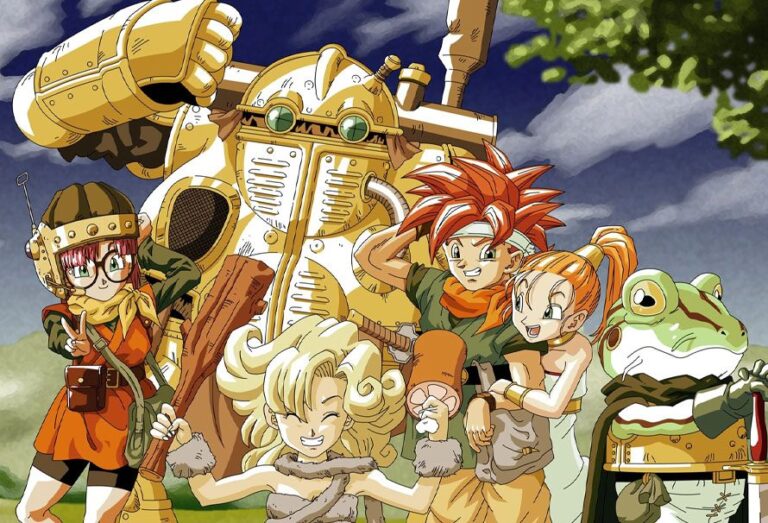Game data not found.
Story
Risk, unlike many modern board games, does not rely on an intricate narrative or storyline to captivate its players. Instead, the game creates a canvas for strategic warfare, where players craft their own stories through conquest and diplomacy. Set in a world divided into 42 territories across six continents, Risk tasks players with the goal of world domination. Each player assumes the role of a military commander aiming to conquer the globe by controlling every territory on the board.
The story of Risk is one of strategy, cunning, and the relentless pursuit of power. It invites players to immerse themselves in a world where alliances can turn into betrayals, and a single roll of the dice can alter the course of history. While it lacks a traditional narrative, the experiences and tales forged by players over the course of a game are what make Risk truly memorable.
Gameplay
Risk’s enduring appeal can largely be attributed to its engaging and deceptively simple gameplay mechanics. The game is designed for 2 to 6 players, with each player choosing a unique color to represent their armies. The setup involves distributing armies across the map, with players taking turns to place their initial forces on various territories.
Core Mechanics
At its core, Risk is a turn-based strategy game. Players take turns in a sequence of phases: reinforcement, attack, and fortification.
- Reinforcement Phase: Players receive additional armies based on the number of territories they control, complete sets of cards, and ownership of entire continents. Strategic placement of these reinforcements can significantly impact the game’s outcome.
- Attack Phase: Players can declare attacks on adjacent territories, rolling dice to determine the outcome. The attacker uses up to three dice, while the defender uses up to two. The highest dice roll for each player is compared, and the losing side removes armies accordingly.
- Fortification Phase: Players can move armies between connected territories, allowing for strategic repositioning and defense.
Strategic Depth
Risk is celebrated for its strategic depth, requiring players to balance aggressive expansion with cautious defense. This balance is influenced by several factors:
- Territory Control: Holding entire continents provides bonus reinforcements, making their control a key strategic objective.
- Card Collection: Players receive cards after successful conquests, which can be traded for additional armies. Timing the exchange of cards can be pivotal.
- Diplomacy and Alliances: Informal alliances and negotiations are common, adding layers of diplomacy to the game. However, alliances are not binding, leading to potential betrayals.
Graphics and Sound
While Risk is primarily a board game, it has seen numerous digital adaptations that bring the classic experience to screens. The digital versions maintain the iconic map and army pieces but enhance the visual and auditory experience.
Visuals
The digital adaptations of Risk often feature crisp, colorful graphics that stay true to the classic board game aesthetic. The map is clear and easy to navigate, with territories distinctly marked and armies represented by stylized units. Some versions incorporate animations for battles and troop movements, adding a dynamic element to the experience.
Sound
Sound design in digital versions enhances the immersive experience. Background music often includes epic and orchestral scores that evoke the tension and grandeur of global warfare. Sound effects, such as the clatter of dice and the clash of armies, add a tactile sensation to the gameplay, making each turn feel consequential.
Legacy and Reception
Risk, since its creation in 1957 by French filmmaker Albert Lamorisse, has solidified its place as one of the most iconic strategy board games in history. Its legacy is marked by its influence on the genre and its enduring popularity.
Influence
Risk has inspired countless strategy games both in board and digital formats. Its blend of strategy, chance, and diplomacy has set a benchmark for games that followed. The mechanics of territory control, reinforcement, and conquest can be seen in many modern strategy video games, from grand strategy titles to real-time strategy games.
Popularity
Risk’s accessibility and strategic depth have kept it popular across generations. It appeals to both casual players and hardcore strategists, providing a platform for competitive play. The game’s adaptability has led to numerous themed versions, including popular franchises like Star Wars and Game of Thrones, further cementing its cultural relevance.
Critical Reception
Critically, Risk has been praised for its strategic depth and replayability. While some critics have pointed out the potential for extended playtimes and the influence of luck in dice rolls, the game’s ability to engage players in tactical decision-making remains undisputed. Its success has led to numerous accolades and a lasting presence in the board game community.
Conclusion
Risk stands as a testament to the enduring appeal of strategic gameplay. Its impact on the gaming world is profound, influencing countless titles and captivating players for over six decades. The game’s blend of strategy, diplomacy, and chance creates a dynamic experience that continues to be enjoyed by new and seasoned players alike. Risk’s legacy is not just in its mechanics or its iconic board but in the stories and memories it has helped create. Whether played on a tabletop or a digital screen, Risk remains a cornerstone of strategic gaming, inviting players to conquer the world one territory at a time.



